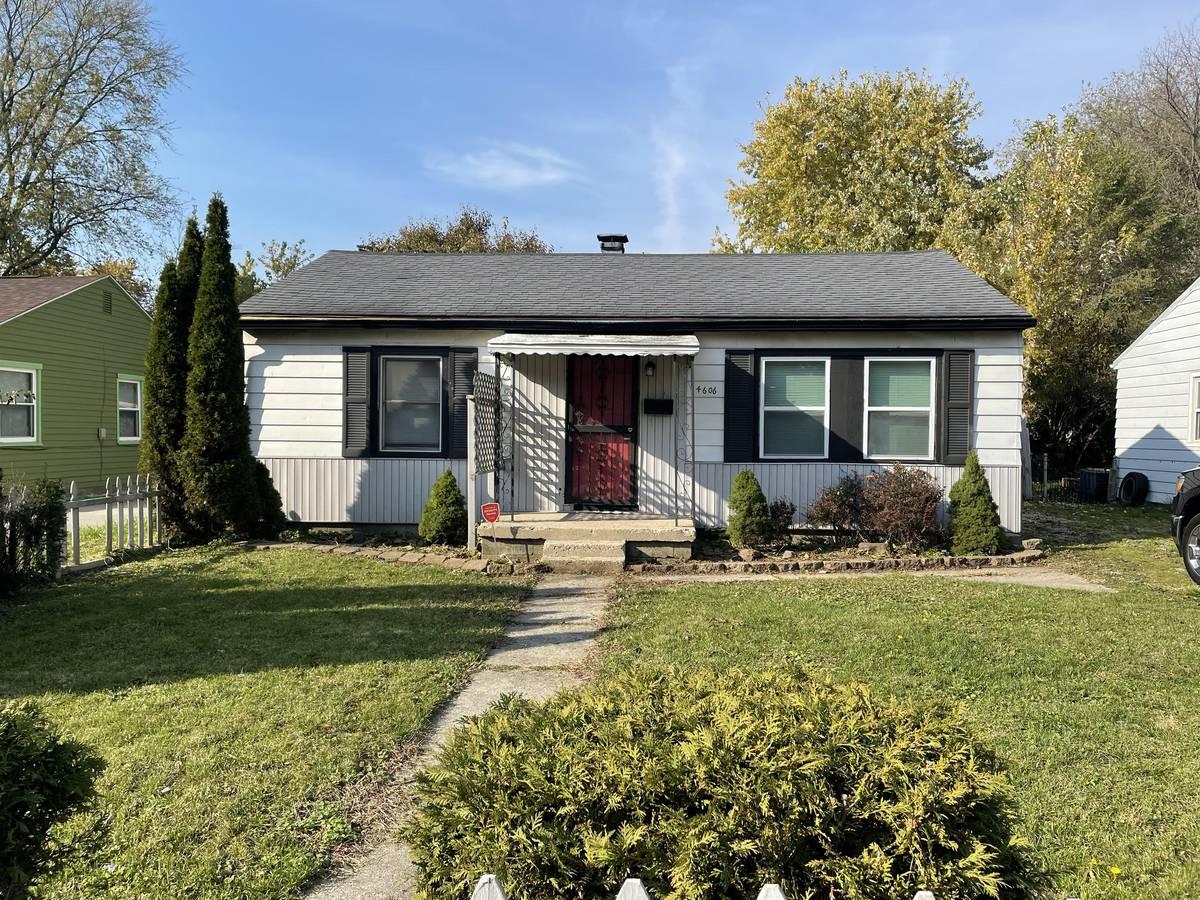Being a rental property owner often means grappling with the challenge of providing ample parking, particularly in areas where parking space is limited. When on-street parking isn’t an option or is restricted, there are several budget-friendly avenues to expand parking capacity without straining your finances. Here are four options to consider for enhancing parking availability at your rental property, thereby boosting your revenue.
1. Convert unused outdoor space
If you have idle outdoor areas on your property, such as unused portions next to driveways, redundant lawn sections, or gardens that can be repurposed, converting them into parking pads could be a viable solution. Before proceeding, ensure compliance with local regulations and ordinances.
Concrete parking pads may come with a hefty price tag ranging from $8 to $18 per square foot. However, there are more economical alternatives worth exploring like gravel and asphalt.
2. Add gravel parking space additions
Gravel emerges as the most cost-effective means of increasing parking spaces at your rental property, with estimated costs ranging from $1.25 to $2 per square foot. While gravel requires periodic maintenance and may necessitate occasional replenishment, installing edging around the area helps contain it.
3. Use asphalt
Though slightly pricier than gravel at approximately $3 to $5 per square foot, asphalt parking pads offer longevity, typically lasting 20 to 30 years, depending on usage and climate conditions. The initial investment may outweigh the benefits of reduced maintenance and prolonged lifespan compared to gravel.
4. Incorporate grass pavers
Permeable parking pavers, costing roughly $3 to $9 per square foot, can be combined with sod (estimated at 35 to 80 cents per square foot) to maintain the aesthetic appeal of your lawn. Proper installation minimizes maintenance to routine grass cutting, integrating parking seamlessly with landscaping.
5. Add “tire track” parking spaces to your rental property
This innovative option involves creating parking spaces using two strips of chosen material separated by unpaved space, reducing the required square footage and, consequently, expenses.
If adding parking space directly to your property isn’t feasible, consider these alternatives:
- Rent Nearby Parking Spaces: Explore renting parking slots from nearby businesses, potentially offsetting costs with higher rent and reduced vacancies.
- Highlight Alternative Transportation Options: Emphasize the proximity of your rental property to public transit, walkable areas, or shared mobility services like car-sharing or scooter rental.
By implementing these cost-effective solutions, you can enhance parking capacity at your rental property without breaking the bank. This not only benefits tenants but also contributes to increased rental income and property value over time.
For hosts considering PadSplit’s shared housing marketplace, additional parking becomes even more vital. With PadSplit, maximizing your property’s potential could yield a significant increase in profits and a reduction in vacancy rates. Use our calculator to discover the potential benefits of optimizing your rental property with PadSplit and learn more about becoming a host.


